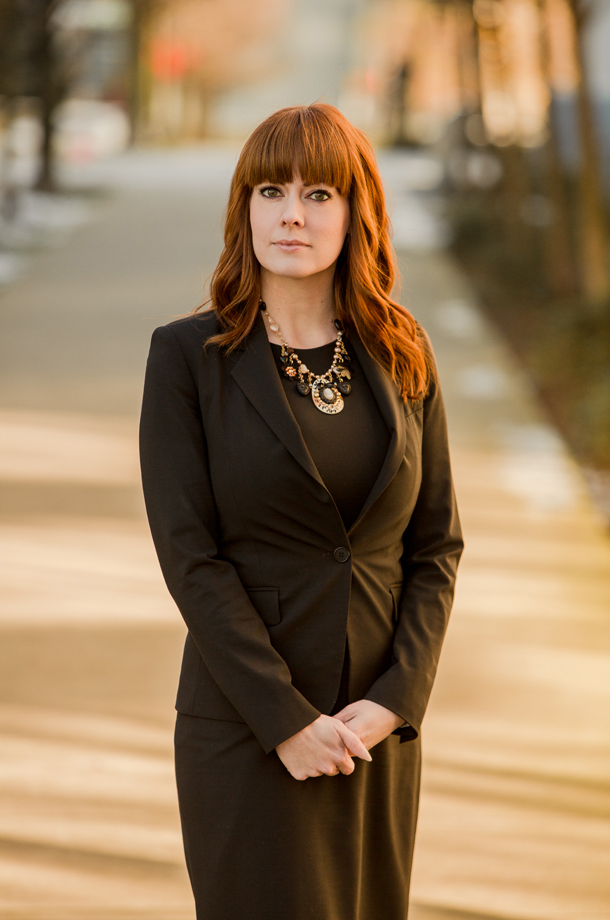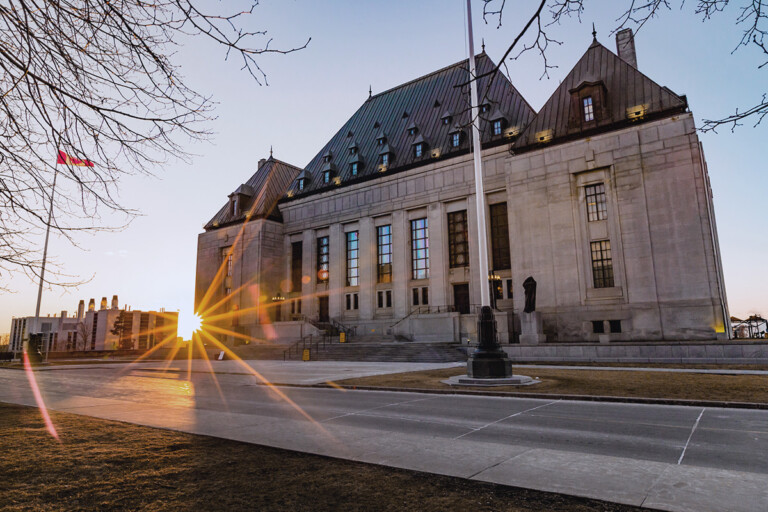
The Supreme Court of Canada’s recent decision in Jarvis provides a new framework for determining whether an individual has a reasonable expectation of privacy. Although Jarvis is a criminal case, the analysis will undoubtedly be applied in civil contexts for determining whether a breach of privacy has been committed.
Ryan Jarvis was a high school teacher in Ontario who was caught making recordings of female students (particularly of their chests) while at school. The recordings were made by Jarvis using a camera pen. Jarvis was charged under the voyeurism offence in s. 162(1)(c) of the Criminal Code, which requires proof that the recording was done surreptitiously in circumstances that give rise to a reasonable expectation of privacy and that the recording was done for a sexual purpose.
At trial, the judge found that the students had a reasonable expectation of privacy, but he could not find beyond a reasonable doubt that the recording was done for a sexual purpose. On appeal, the Ontario Court of Appeal found that while the recording was done for a sexual purpose, but the female students did not have a reasonable expectation of privacy as the recordings were done in common areas of the school where they would expect others could see them and where they knew they were being recorded by the school’s security cameras.
One dissenting judge found that the students did have a reasonable expectation of privacy. The Crown appealed to the Supreme Court of Canada (SCC) on the issue of whether the students had a reasonable expectation of privacy.
The SCC unanimously found that the students had a reasonable expectation of privacy and convicted Mr. Jarvis.
In the decision, the SCC confirmed that, in short, privacy is not an “all-or-nothing” concept, meaning that just because a person is in a public or semi-public space does not automatically mean that there is no expectation of privacy. Rather, determining whether an individual has a reasonable expectation of privacy is a contextual assessment that must take into account the totality of the circumstances.
The SCC developed a list of considerations that will be useful in undertaking this contextual assessment, though not every consideration will be relevant in every case and there may be others:
- the location where the observation or recording occurred;
- the nature of the impugned conduct: whether it consisted of observation or recording;
- the awareness or consent of the person who was observed or recorded;
- the manner in which the observation or recording was done;
- the subject matter or content of the observation or recording;
- any rules, regulations, or policies that governed the observation or recording in question;
- the relationship between the person who was observed or recorded and the person who did the observation or recording;
- the purpose for which the observation or recording was done; and
- the personal attributes of the person who was observed or recorded, that is, whether the person was a child or young person.
As a result of this case, we recommend that every organization revisit their policies and rules regarding cameras and recordings, including storage and retention guidelines. If a policy or rule presumes that any and all recordings are permitted simply because the space being recorded is ‘public’ or very close to a public space (like a common area in a building or shopping mall, or school or campus), then it’s time to reconsider those policies and rules, reconsider the purposes the recordings serve, and whether what is actually recorded and stored infringes upon the reasonable expectation of privacy.




